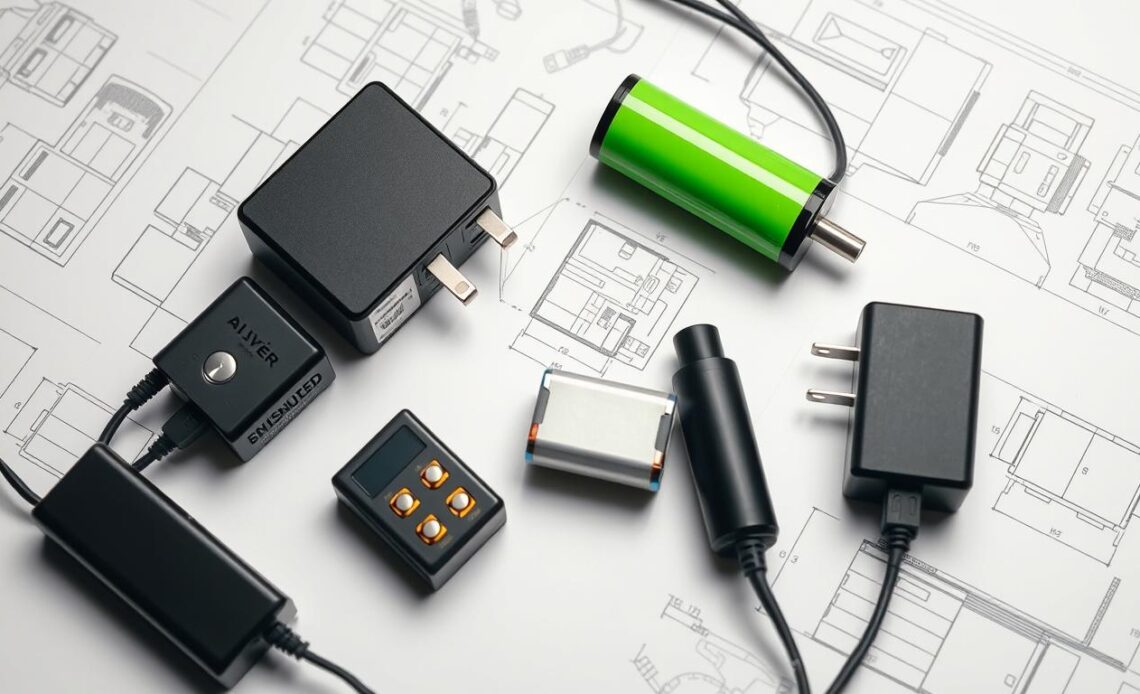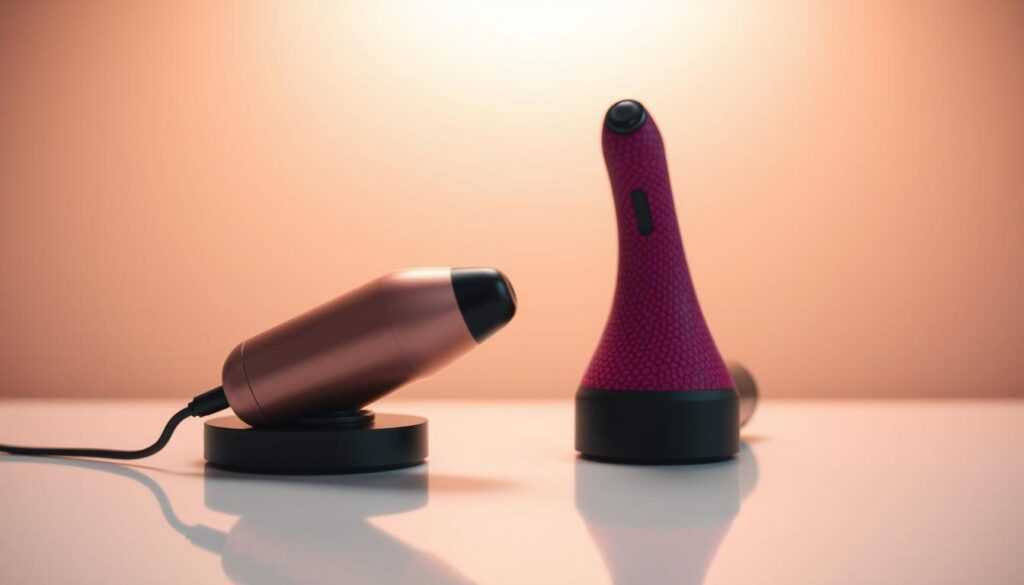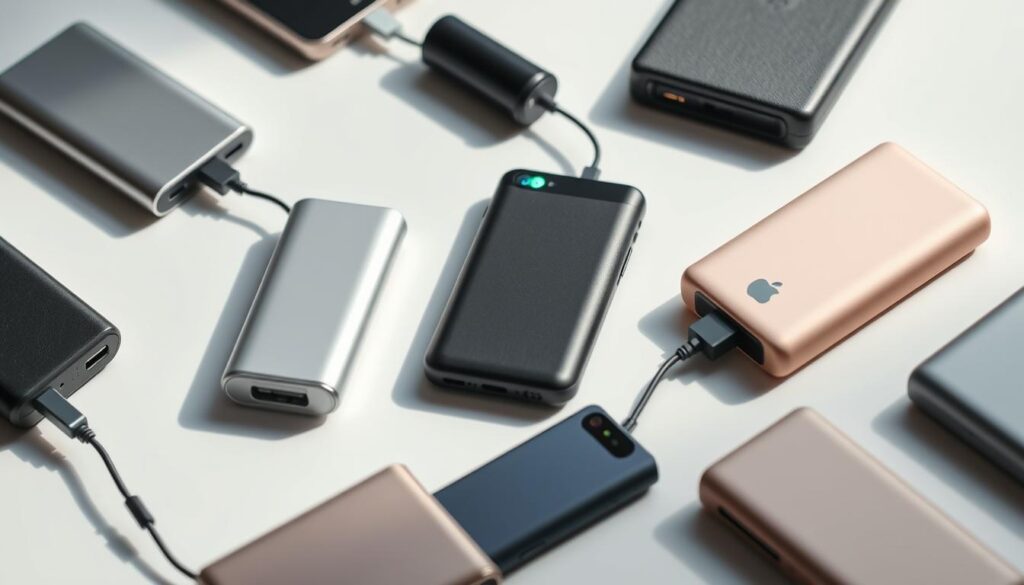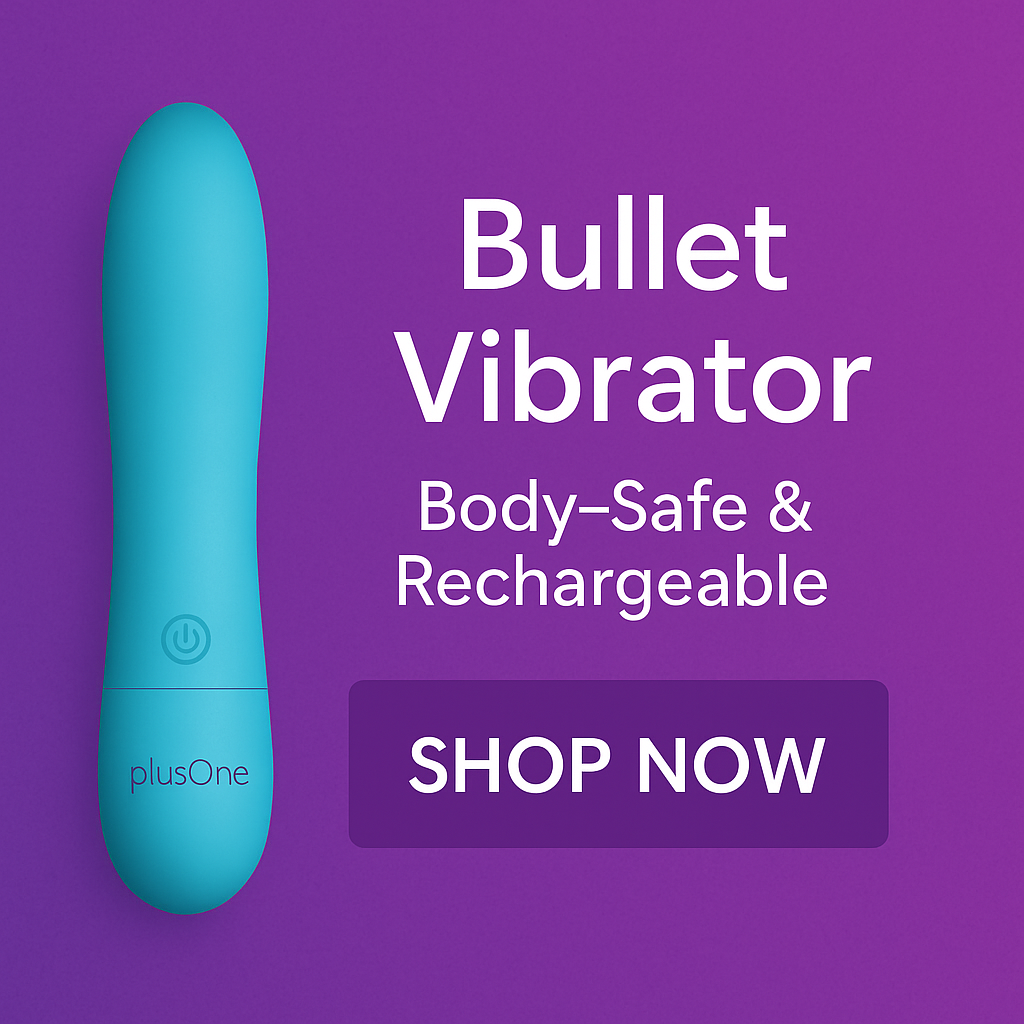
Choosing the right power source for intimate toys can shape both satisfaction and convenience. Modern devices often rely on two options: those with built-in charging and others requiring disposable batteries. Each has unique benefits, from long-term savings to instant accessibility, making the decision more nuanced than it seems.
For example, products like the Fun Factory Big Boss G5 highlight the perks of rechargeable designs. These models eliminate frequent battery purchases and often deliver stronger, steadier vibrations. However, losing a charger or dealing with a dead battery mid-use can be frustrating. On the flip side, toys like the Picobong Zizo offer grab-and-go flexibility with standard batteries—ideal for travel or spontaneous moments.
Cost plays a big role too. While rechargeable options might cost more upfront, they save money over time. Battery-operated versions, though cheaper initially, add up with repeated battery replacements. Environmental impact also matters, as fewer disposable batteries mean less waste.
Quality and performance vary between these options. Rechargeable devices often boast advanced motors for consistent power, while battery-based ones prioritize simplicity. Understanding these differences ensures users pick a toy that aligns with their lifestyle and priorities.
Key Takeaways
- Rechargeable toys save money long-term but require charging access.
- Battery-operated options offer portability but increase recurring costs.
- High-end models like the Pulse Solo Essential emphasize eco-friendly design.
- Power consistency often depends on the device’s energy source.
- Environmental impact varies based on battery disposal habits.
Exploring Power Sources in Sex Toys
Modern intimacy tools thrive or falter based on their energy systems. Today’s devices typically use two primary methods: built-in charging or replaceable batteries. Each option impacts how these products perform, last, and fit into daily routines.
Introduction to Sex Toy Power Options
Battery-powered designs remain popular for their simplicity. Many water-friendly models, like those used in showers, rely on standard AA or AAA batteries. These work well for travel or occasional use since replacements are easy to find. Charging-based devices, however, skip the need for store runs. A single USB connection powers them for weeks, making maintenance hassle-free.
Why the Right Power Option Matters
Performance hinges on energy consistency. Built-in systems often deliver steadier vibrations, while battery-dependent ones may weaken as power drains. Convenience also varies—imagine interrupting a moment to hunt for batteries versus grabbing a pre-charged device.
Lifestyle plays a role too. Frequent travelers might prefer compact, battery-operated toys that avoid charger hassles. Eco-conscious users could prioritize sustainable charging to reduce waste. Choosing wisely ensures devices align with personal needs and enhance satisfaction.
Rechargeable vs. Battery-Operated Vibrators: In-depth Comparison
The choice between built-in charging and replaceable batteries impacts every aspect of a toy’s usability. From upfront costs to spontaneous adventures, each power system caters to distinct priorities. Let’s break down how these options stack up in real-world scenarios.

Advantages of Rechargeable Vibrators
Models like the Fun Factory Big Boss G5 shine with long-term savings. No more last-minute store runs for batteries—just plug in via USB and enjoy weeks of use. These devices often deliver stronger, unwavering vibrations thanks to advanced motors. For example, the Magic Wand Rechargeable Plus Mini offers 3+ hours of consistent power per charge.
Benefits of Battery-Powered Options
Need something grab-and-go? The Picobong Zizo runs on standard AA batteries, ideal for travel or impromptu getaways. Swap drained cells in seconds, and you’re back in action. This makes them perfect for beach trips or locations without easy charging access.
Deciding Factors for Your Needs
Consider these points:
- Cost: Built-in charging saves money over time, while battery models have lower upfront costs.
- Convenience: Dead battery? Quick swap vs. waiting for a charge.
- Eco-Impact: Fewer disposable batteries mean less landfill waste.
Performance also varies. Rechargeables maintain steady intensity, while battery-powered toys may weaken as energy depletes. Whether prioritizing sustainability or spontaneity, both options have unique strengths to match different lifestyles.
Usage Challenges and Environmental Considerations
Balancing practicality and planet-friendly choices shapes how users interact with modern intimacy devices. From impromptu travel plans to eco-conscious habits, power sources influence both immediate satisfaction and long-term sustainability.

Portability and Convenience in Daily Use
Compact designs with disposable cells excel for spontaneous adventures. A waterproof toy stashed in a gym bag stays ready with AA batteries—no charging cables needed. However, frequent travelers might resent scrambling for replacements mid-trip.
Built-in power systems avoid this hassle but require planning. A dead device means waiting hours for a full charge. For time-sensitive moments, this delay can disrupt the experience.
Battery Waste vs. Sustainable Charging
Over 3 billion batteries end up in landfills yearly, leaking toxins into soil. Disposable-powered toys contribute to this waste unless users recycle properly. In contrast, USB-charged models reduce trash by 80% over five years.
| Feature | Battery-Powered | Built-In Charging |
|---|---|---|
| Annual Waste | 12-18 batteries | None |
| Travel Readiness | Instant swap | Requires outlet |
| 5-Year Cost | $120+ | $0 (after purchase) |
Pro Tip: Store charged toys at 50% power when unused to preserve battery health. For disposable cells, use recycling centers like Call2Recycle.
While battery models offer grab-and-go ease, their ecological footprint often outweighs short-term perks. Choosing sustainable options supports both personal pleasure and environmental stewardship.
Conclusion
Finding the perfect power solution for intimate devices comes down to personal priorities. Built-in charging systems offer long-term savings and eco-friendly benefits, while disposable cells provide spontaneous flexibility. Cost efficiency, convenience, and environmental responsibility each play vital roles in this decision.
Devices with built-in charging save money over time but need regular access to power outlets. Those using standard batteries work instantly but create recurring expenses. For travel-friendly moments, quick battery swaps beat waiting for a charge. Eco-conscious users might prioritize reducing waste through sustainable designs.
Performance varies too. Some toys maintain steady intensity, while others fade as energy drains. Always check user reviews and trusted brands to gauge real-world reliability.
Ultimately, the best choice depends on balancing quality with lifestyle needs. Whether prioritizing grab-and-go ease or greener habits, both options deliver satisfaction when matched thoughtfully. Let this guide help you invest in a toy that aligns with your values—and elevates every experience.

